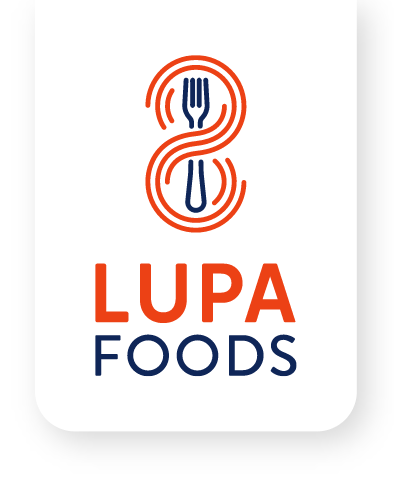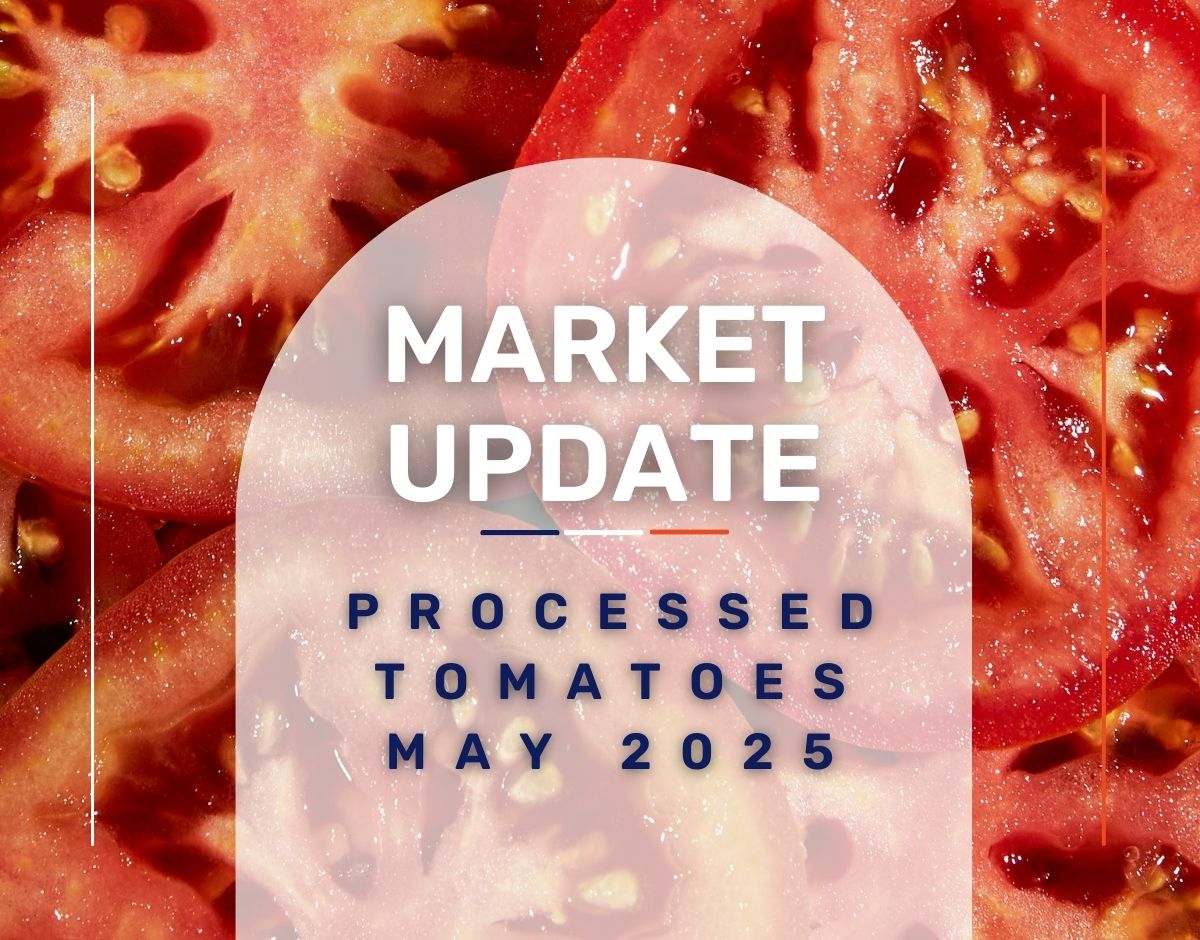The UK food industry is undergoing significant transformation, driven by evolving consumer preferences towards sustainability, health, convenience, and a desire for unique culinary experiences. This report consolidates insights from multiple sources, including market analyses, consumer surveys, and industry reports, to provide a comprehensive overview of the key trends shaping the UK food market in 2024 and 2025.
1. Sustainability and Localism
Overview: Sustainability remains a paramount concern for UK consumers, who increasingly prioritize locally sourced products and environmentally friendly practices. This trend is reflected across various sectors, from retail to foodservice.
Key Insights:
- Local and Seasonal Ingredients: Consumers are showing a strong preference for local and seasonal products, which are perceived as fresher and more sustainable. This shift is particularly evident in travel hubs, where 60% of consumers express interest in regional delicacies.
- Sustainable Packaging: The industry is also witnessing a move towards more sustainable packaging solutions, with manufacturers adopting recyclable, compostable, and reduced-plastic options to meet consumer demand.
Implications: Businesses that emphasize local sourcing and sustainable practices are likely to see increased customer loyalty. This trend aligns with broader environmental goals and offers an opportunity to differentiate in a competitive market.
2. Health-Conscious and Personalized Eating
Overview: Health and wellness continue to drive consumer choices, with a growing demand for healthier, personalized food options. This trend spans the entire food industry, from ready meals to takeaway services.
Key Insights:
- Healthier Takeaways: There is a noticeable shift towards healthier takeaway options, particularly among older, health-conscious consumers. Superfoods like quinoa, avocado, and kale are becoming staples in menus.
- Demand for Low-Processed Foods: Consumers are increasingly wary of ultra-processed foods (UPFs), although many are unclear about what constitutes a UPF. This confusion presents an opportunity for clearer labelling and education.
Implications: To stay competitive, food providers must offer transparent, health-focused options that cater to the specific dietary needs of their customers. Personalization, such as customizable meals, can enhance consumer satisfaction and loyalty.
3. Convenience and Technology-Driven Experiences
Overview: The demand for convenience continues to shape the food industry, with technological advancements playing a crucial role in enhancing consumer experiences. This trend is particularly strong in the delivery and takeaway sectors.
Key Insights:
- Hyper-Connectivity: The future of foodservice delivery is increasingly connected, with consumers expecting the ability to mix-and-match cuisines, add groceries, and receive AI-driven recommendations all in one seamless experience.
-
Rise of “Fakeaway” Meals: The “fakeaway” trend, where consumers opt for high-quality, ready-to-eat meals instead of traditional takeaways, is gaining momentum. Premium products like gourmet pizzas are driving this trend, offering restaurant-quality experiences at home.
Implications: Businesses that leverage technology to provide convenient, personalized, and high-quality food experiences will thrive. The integration of AI and other technologies can enhance customer engagement and streamline operations.
4. Premiumization and the Rise of Posh Ready Meals
Overview: There is a growing market for premium ready meals, as consumers seek restaurant-quality food at home. This trend is particularly evident in the pizza and pasta categories, where “posh” versions are gaining popularity.
Key Insights:
- Posh Pizzas: The UK pizza market is experiencing a shift towards more upscale offerings. Leading brands are embracing this trend with pizzas featuring high-quality ingredients such as smoked provola and Taggiasca olives, baked in traditional Italian wood-fired ovens.
- Growth in Frozen Meals: Frozen meals, particularly those that are premium or health-focused, are seeing renewed interest. This is driven by advancements in freezing technology that preserve taste and nutritional value.
Implications: The premiumization of ready meals presents an opportunity for brands to capture a more discerning consumer base. Emphasizing quality ingredients and authentic preparation methods can help differentiate products in a crowded market.
5. Experiential and Sensory Dining
Overview: Consumers are increasingly seeking unique, sensory-rich dining experiences. This trend is driving innovation in both physical dining environments and product offerings.
Key Insights:
- Interactive Dining: There is a rising interest in dining experiences that engage multiple senses, such as live cooking demonstrations and street food-inspired offerings. This trend is particularly strong in urban areas and travel hubs.
- Emerging Cuisines: New cuisines, particularly from Asia, are gaining popularity, while traditional European cuisines are evolving to stay relevant. The growth of street food culture is also contributing to this trend.
Implications: Restaurants and food brands can capitalize on this trend by creating immersive dining experiences that highlight unique ingredients and cooking techniques. Embracing new and evolving cuisines can also attract adventurous consumers looking for something different.
Conclusion
The UK food market in 2024 and 2025 is characterized by a strong focus on sustainability, health, convenience, and experiential dining. As consumer preferences continue to evolve, businesses that adapt to these trends by offering high-quality, personalized, and environmentally conscious products will be well-positioned for success. Whether through the rise of posh pizzas, the emphasis on local ingredients, or the integration of cutting-edge technology, the future of food in the UK is both dynamic and promising.





